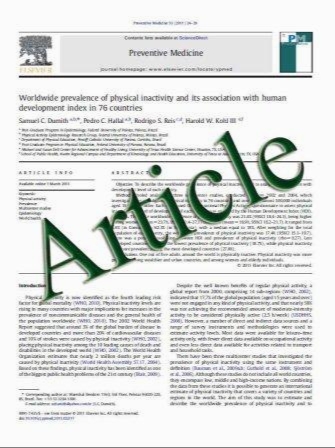Asymmetric chorea as presenting symptom in Graves’ disease
- نوع فایل : کتاب
- زبان : انگلیسی
- مؤلف : Jinsung Park • Jung-Guk Kim • Sung-Pa Park • Ho-Won Lee
- چاپ و سال / کشور: 2011
Description
Chorea is an involuntary movement disorder characterized by irregular, brief movements that flow from one body part to another in a non-stereotyped fashion. In rare instances, chorea is associated with autoimmune thyroid disease. Most of them have been related with Hashimoto’s encephalopathy and few cases have been related with Graves’ disease. Most reported cases have been in women with Graves’ disease. We describe a 16-year-old male patient with asymmetric chorea as presenting symptom in Graves’ disease. He had no family history of neurological disease. Brain imaging, laboratory findings and electroencephalogram demonstrated no abnormality except for thyroid dysfunction which was proved by thyroid function test, sonography and radioiodine uptake scan. Asymmetric chorea improved over months after anti-thyroid medications. This asymmetry could be explained by difference in increased hypersensitivity or by the difference in the number of dopamine receptors, and an asymmetrical breakdown of blood–brain barrier due to their genetic differences.
Neurol Sci DOI 10.1007/s10072-011-0679-0 Received: 16 September 2010 / Accepted: 23 June 2011


